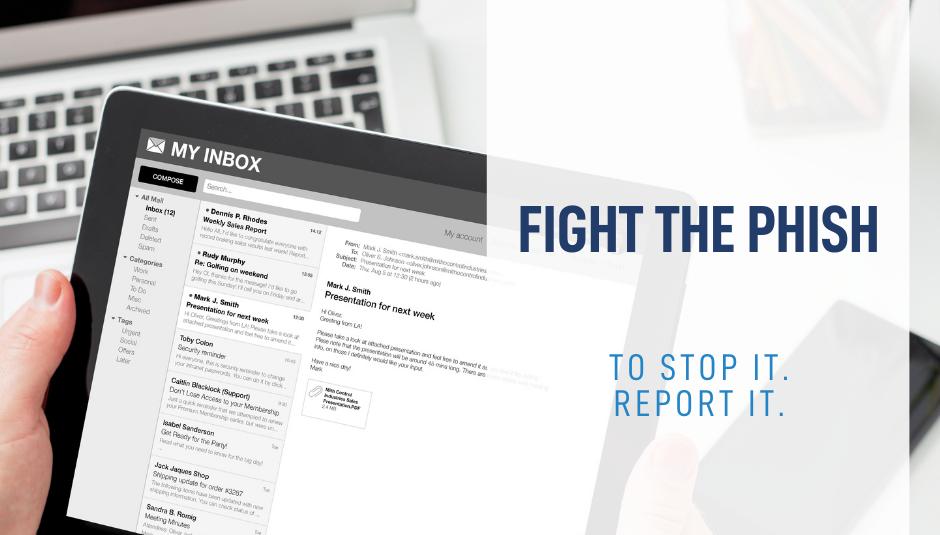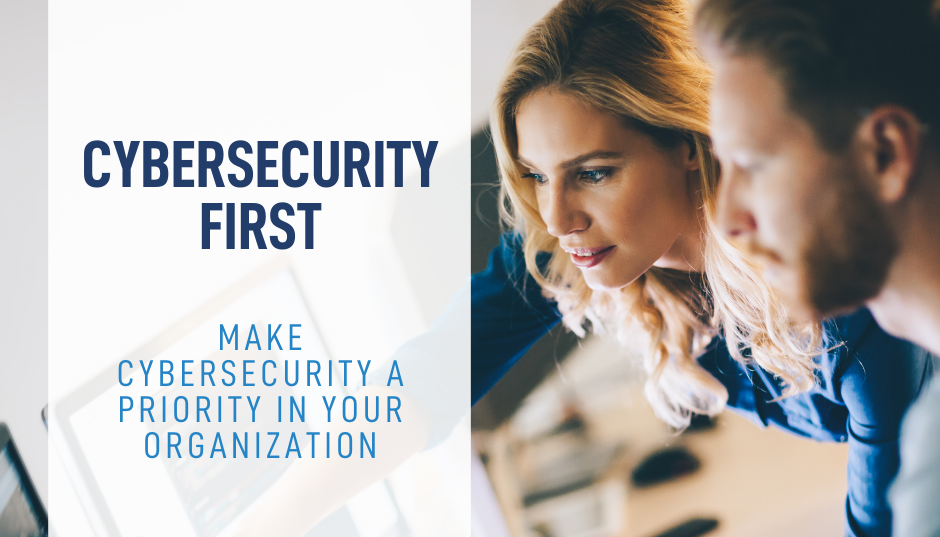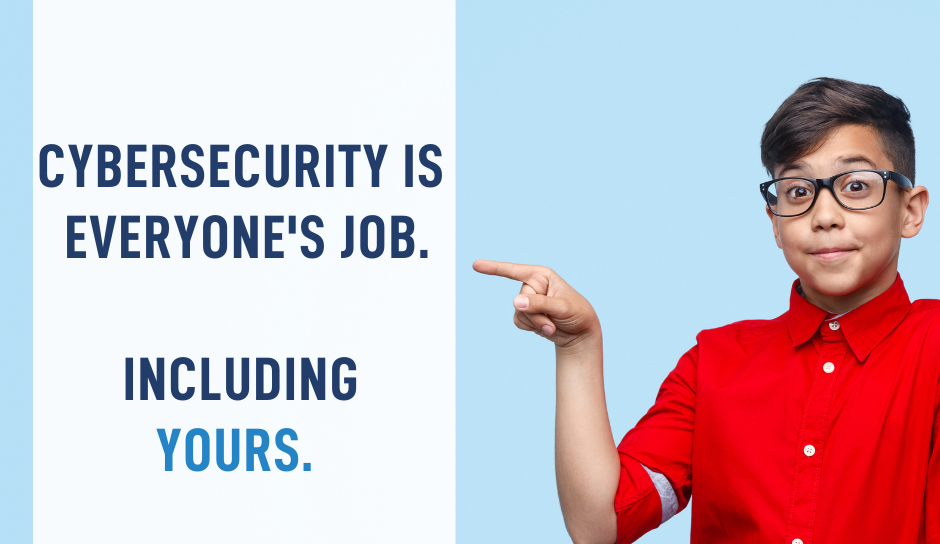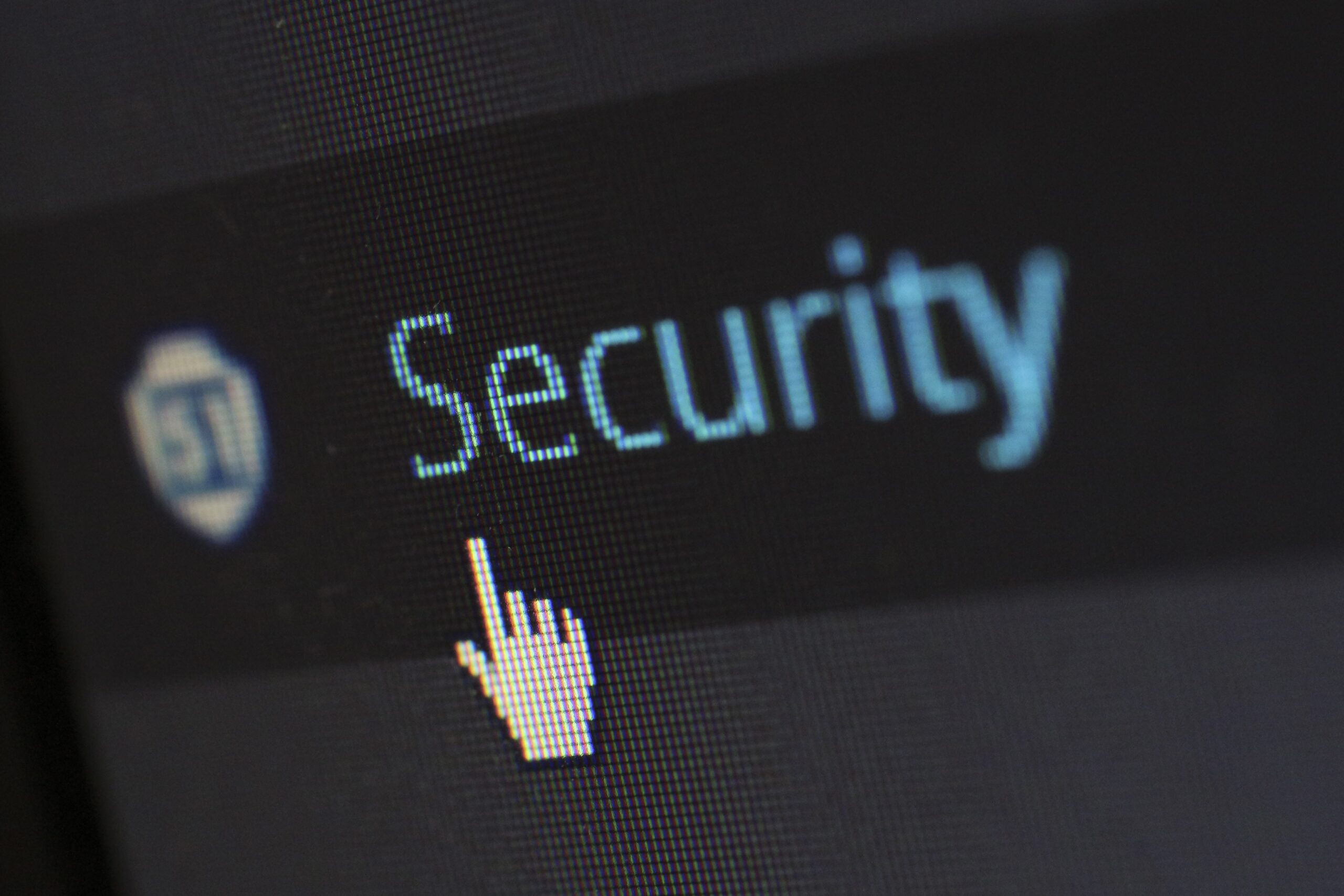There are countless online attacks every day
We can protect you !
Happy Clients
CVE Identified
Certificate Issued
Our Professional Services
Audit and Compliance
Measure an Organization’s Compliance to the International Standard
-
Multiple Audit Models to suit any corporate, e.g 1st, 2nd and 3rd party audit
-
Covered ISO standards, GDPR, NIST and much more
-
Partnered with recognized certificate bodies
-
Experienced lead auditors
Security Awareness Training
Understanding the Hacker’s Mindset of Attacking
-
Build security awareness across your organization
-
Multiple Training Models to suit any corporate, e.g online, onsite
-
Both theoretical and hands-on
-
Delivered by certified trainer
Vulnerability Assessment
Looking for Loopholes and Misconfigurations in Your IT Infrastructure
- Multiple Scanning Models to suit any environment, e.g. host-based, network based, application based
- Identify existing or new vulnerabilities across your systems
- Identify misconfigurations across your systems
- Fully managed by security professionals
Penetration Testing
Simulating Real-World Cyber Attack on your Network, Application or System
- Holistic testing approach, just like a real attacker
- Evaluate existing security control in a proactive way
- Identify, manage & mitigate cybersecurity risk
- Reveal weaknesses you didn’t know where there
Industry Information

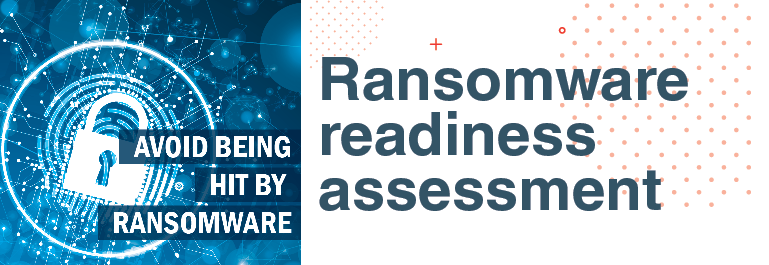
Regulations and Compliance



News & Events
Our service cover everywhere

FAQ
What is a penetration test?
A penetration testing , also known as pen test, is a simulated cyber-attack designed to identify and safely exploit vulnerabilities including networks, systems, applications and web application. All weaknesses discovered should be addressed to mitigate the risk.
How often should you perform security assessment?
1-2 times per year or after any significant upgrades or modifications to the organization’s network.
Will a pen test affect business operations?
The test is designed to identify and safely exploit vulnerability in a non-intrusive way. IBSL will closely communicate with the customer to minimize the operation impact and risk.
Do I need to perform Security Assessment?
It is not a true or false question. The security assessment similar to yearly body exam. We cannot predict the disease until you get the body check.
From our expert opinion, we suggest all the clients perform security assessment at least once a year as the vulnerability and known exploit keep growing.
How long does it take to conduct a Vulnerability Assessment?
It depends on the clients targets number. For example, 30 targets, typically it consists of 1-2 weeks for asset scanning, result analysis and report preparation. The reassessment will be toke place right after the remediation period, more likely the same workloads as the 1st assessment.
Who is responsible for all the remediation in the Vulnerability Assessment/Penetration Testing Report?
Suggested remediation for all identified vulnerabilities and / or misconfiguration will be provided in corresponding VA/Pen Test report. The items will be explained in the review meeting. All remediation efforts and implementations should be taken by the clients, IBSL will only provide suggestions or insights to maintain integrity.
